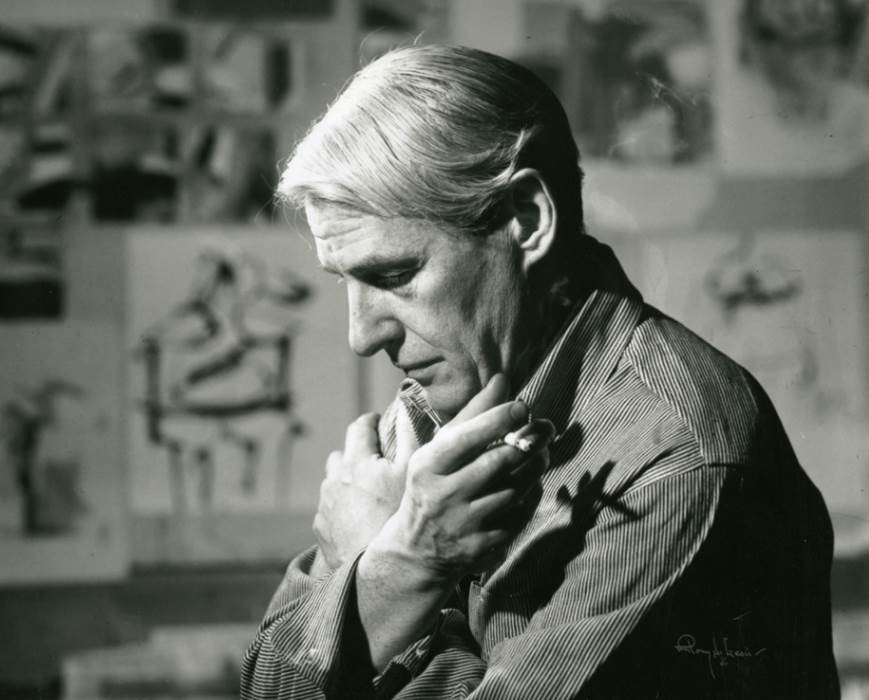The history of Dutch art begins following the establishment of the Dutch Republic in the late 16th century. This separation from Spanish rule resulted in a period known as the “Dutch Golden Age,” a period in which the Dutch Republic was one of the leading nations in the world in multiple fields.
This also reflected in a large number of talented artists emerging and a completely new genre of artworks being created referred to as “Dutch Golden Age painting.”
During this period, which roughly spanned the 17th century, Baroque artists emerged who included various elements that define the Baroque era, but without the overly theatrical dramatization.
Although many of the most famous Dutch artists in history lived during this period known as the “Dutch Miracle,” many other world-famous artists emerged during the following centuries as well.
1. Vincent van Gogh
Vincent van Gogh (1853-1890) is without a doubt one of the most famous Dutch artists in history. That’s mainly because of a combination of his extensive oeuvre full of world-famous masterpieces and the tragic way he met his end at the age of 37.
The Dutch painter can be described as one of the most famous Post-Impressionist artists in history and left a legacy of about 2,100 artworks. He has a museum bearing his name in Amsterdam which is visited by well over 2 million art enthusiasts from all around the world every year.
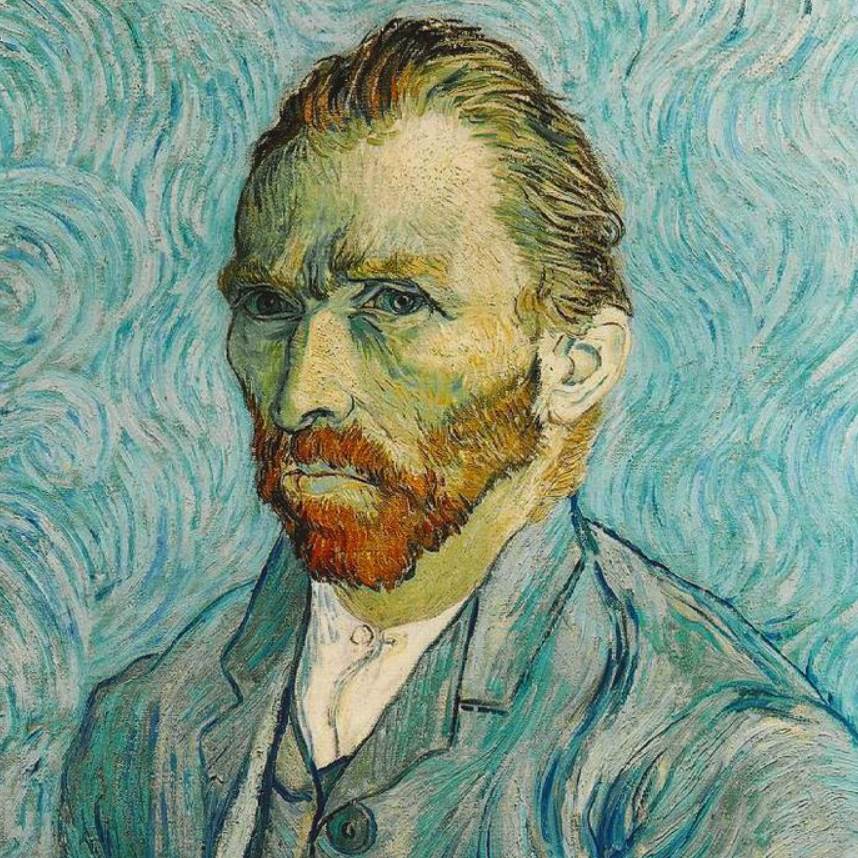
2. Rembrandt van Rijn
Rembrandt Harmenszoon van Rijn (1606-1669) often referred to as simply “Rembrandt,” isn’t considered to be merely one of the greatest Dutch artists in history, but also one of the most renowned masters to have ever lived. He left behind a remarkable oeuvre of paintings and other artworks.
He was a prolific painter, printmaker, and draughtsman. He didn’t just take etching to a whole new level but is considered to be one of the greatest etchers to have ever lived, a reputation that stands until today. His work “The Night Watch” (1642) is considered to be one of the most renowned Dutch artworks in history.

3. Johannes Vermeer
Johannes Vermeer (1632-1675) is another Dutch artist who emerged during the Dutch Golden Age and whose paintings give us a clear view of life in the Dutch Republic in the 17th century. That’s because most of his paintings depict ordinary domestic scenes inside his own house.
He married a relatively rich woman so many objects in his paintings are those that were owned by the bourgeoisie of his time. He spent his entire life in his hometown of Delft and left behind a relatively small oeuvre of fewer than 50 paintings of which 34 are positively attributed to him.
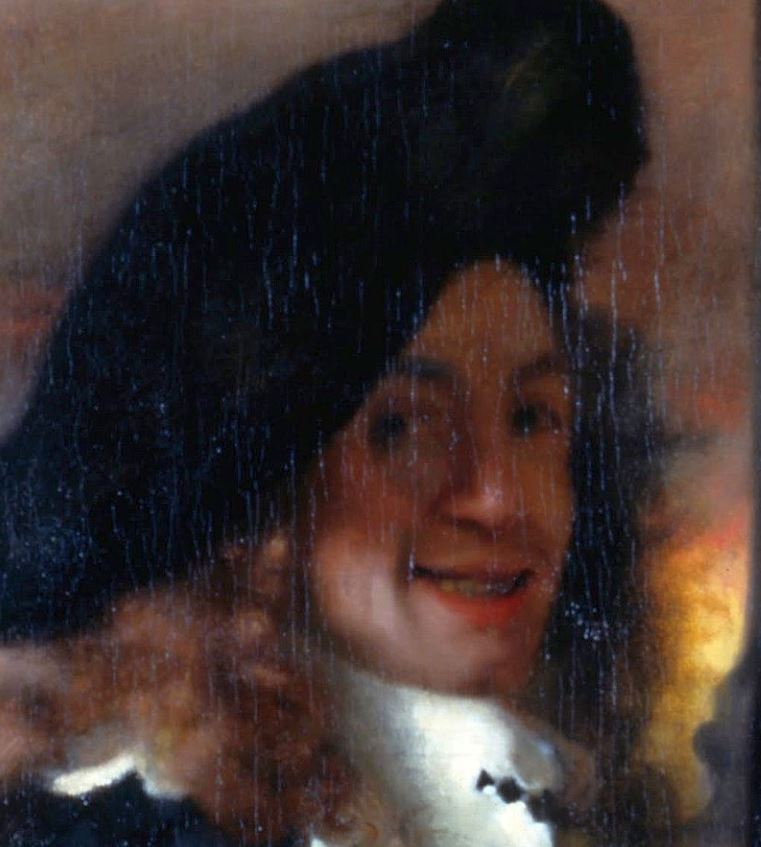
4. Frans Hals
Frans Hals (1582-1666) is considered to be one of the greatest portraitists of the Dutch Golden Age. Although he was born in Antwerp, modern-day Belgium, he spent virtually his entire career in Haarlem, a city in the modern-day Netherlands just west of Amsterdam.
He not only painted portraits but also multiple banquet scenes with an extreme sense of realism. His work was in such high demand that he painted countless high-ranking officials and military groups which gives us a clear insight as to how celebrations were conducted in the period in history.
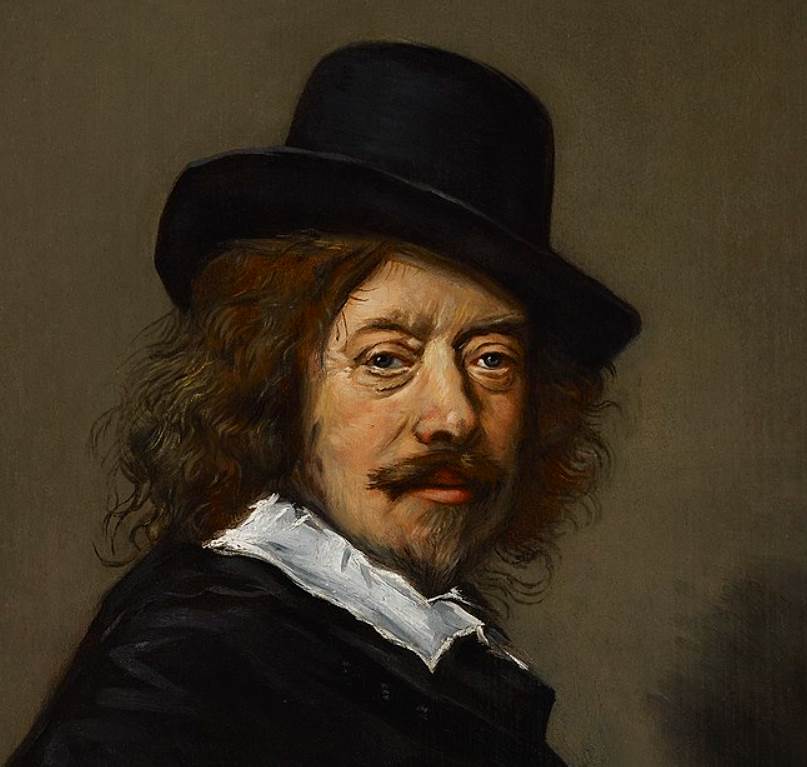
5. Jacob van Ruisdael
Jacob van Ruisdael (1629-1682) is the artist you want to look for if you want to see how the Dutch Republic looked like during the 17th century because he was the most prominent landscape painter of his time. He depicted just about any type of landscape in the country.
Yes, the man painted quite a few windmills in his career, that’s for sure. He was one of the most sought-after painters of the Dutch Golden Age and in most of his works, the sky took up the majority of the canvas.

6. Gerard van Honthorst
Gerard van Honthorst (1592-1656) is one of the Dutch Golden Age painters who visited Italy during the first part of the 17th century. In Rome, he became inspired by the works of Caravaggio, an Italian artist who developed a remarkable style of light and shadow known today as “Tenebrism.”
He was one of the pioneers of a group of painters from Utrecht known as the “the Utrecht Caravaggisti.” This group was heavily influenced by Caravaggio and although van Honthorst created multiple works in this particular style, his most famous works were portraits.

7. Piet Mondrian
Piet Mondrian (1872-1944) was one of the pioneering abstract artists in the 1900s. His art slowly moved towards a point that it only consisted of geometric forms in the final part of his life, literally transforming the world of art forever in the first half of the 20th century.
He was the co-founder and one of the main contributors of the “De Stijl” art movement which translates to “The Style. This form of art is also known as “Neoplasticism” and as the foundation of his revolutionary pure plastic art.
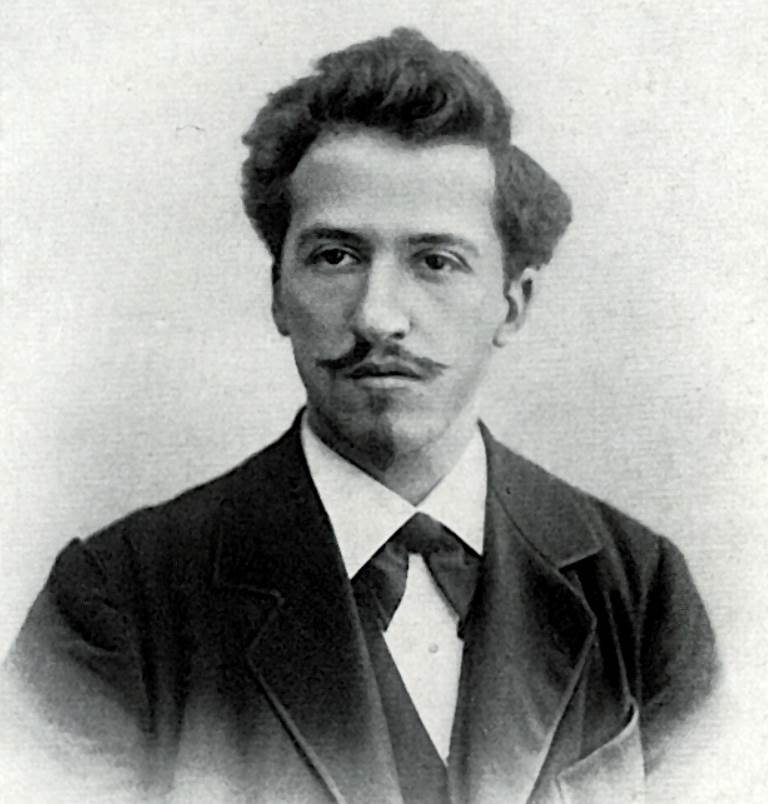
8. Willem de Kooning
Willem de Kooning (1904-1997) was one of the most famous Dutch artists in history but he spent most of his professional career in the United States. He moved to the US in 1926 and became a US citizen in 1962, about 14 years after he married fellow artist Elaine Fried (1918-1989).
He is considered one of the most prominent Abstract Expressionist artists in history, a style that he gradually developed following the conclusion of World War II. One of his paintings briefly held the record as most expensive painting in history. His work “Interchange” was sold for about $300 million to hedge fund billionaire Ken Griffin in September 2015.
